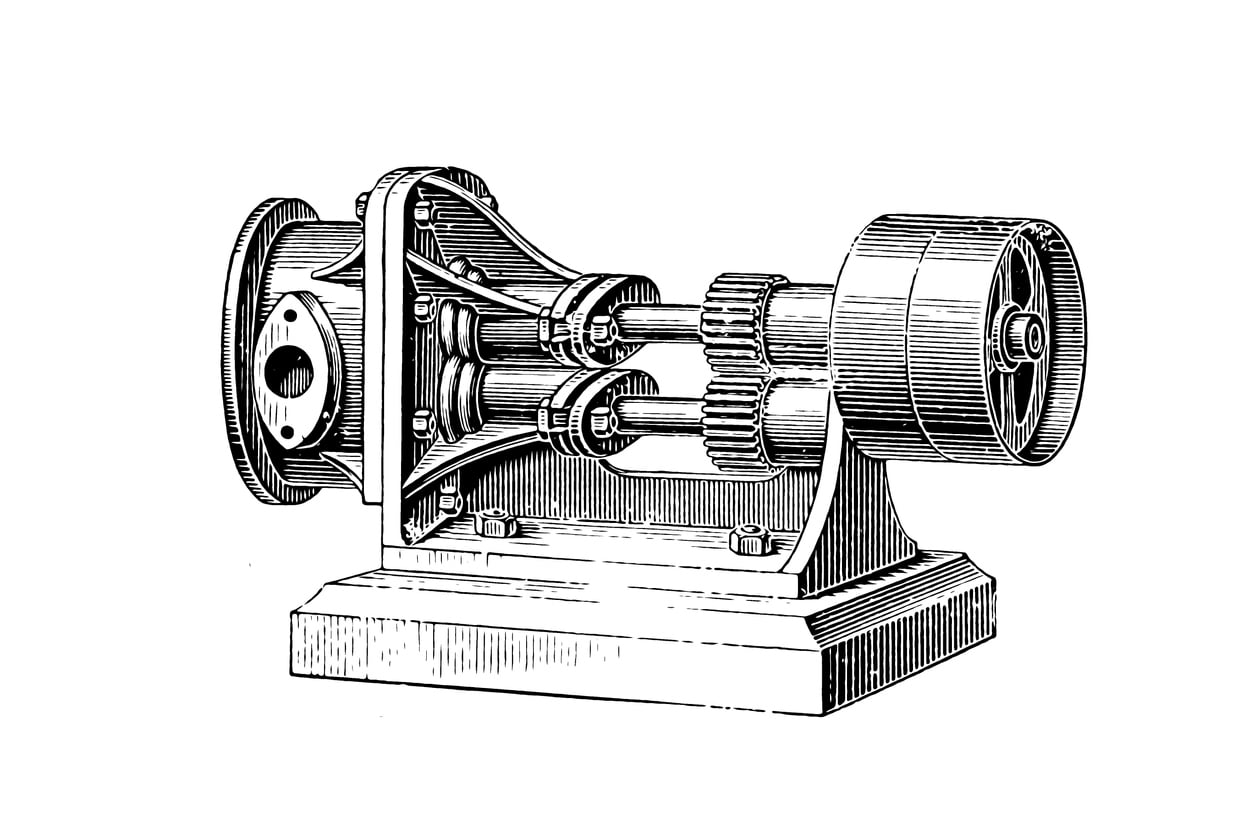History of heat pumps


Heat pump origins
The first air source heat pump was built in 1856 by Peter von Rittinger, an Austrian scientist and a pioneer of mineral processing. While conducting experiments on the use of water vapour’s latent heat to dry salt in the salt marshes of Austria, Peter recognised the possibilities of heat pump technology and developed the first working model.
When did heat pumps come to the UK?
In 1945, John Sumner, the City Electrical Engineer for Norwich, ‘cobbled together’ the first large scale heat pump for the new Norwich City Council Electrical Department on Duke Street in Norwich, on the bank of the River Wensum.
The design of the office originally incorporated water source heat pump technology using the River Wensum as the heat source, but due to wartime austerity, the resources to build such an innovative piece of technology were limited. After the war, however, John made a water source heat pump system from salvaged parts which circulated heated water around the building.
Despite how well the system performed, it was not widely adopted throughout the UK because of the relatively cheapness of fossil fuels such as coal and later North Sea oil and gas.
Currently, the Eastern Electricity Building at Duke’s Street in Norwich is being redeveloped into 154 residential units as well as commercial and retail space. One of the central planning conditions of the Duke’s Wharf development is that it should incorporate a water source heat pump, with the River Wensum once again being used as the heat source.

How do water source heat pumps work?
Water source heat pumps involve submerging pipes under a body of water, and these pipes pump the water through coils or heat exchange panels. The ambient heat from the water source causes a refrigerant liquid to evaporate and turn into gas.
In the same way air source and ground source heat pumps work, this gas pressure is increased using a compressor, which causes the temperature of the gas to rise – and the heat created by compressing this gas is transferred into your central heating and hot water system.
The refrigerant gas then cools and returns to liquid form and the cycle starts again.
For domestic settings, air source heat pumps are recommended as water source heat pumps generally require larger bodies of water to ensure the groundwater maintains a constant temperature of between 7 °C and 12 °C in winter and does not freeze.
Where can I get an air source heat pump today?
Heat Pump Life is one of the UK’s leading experts on air source heat pumps. Our comprehensive service covers everything you’ll need, from advising if an air source heat pump is right for your home, supplying and installing your air source heat pump, applying for your Green Home Government Grant and providing a range of finance options; followed by warranty-covered aftercare.
Our number one goal is to help you make the right air source heat pump choice and always be around to support you, our remote monitoring service means we’re on-hand 24/7 to check on your system and our network of engineers are on standby should you need active support in your home.
We supply and install air source heat pumps from the most reliable and energy efficient manufacturers, and our experts guide you through every step of your journey toward low carbon, energy efficient home heating.
We’re here to help you manage all up-front costs by financing your heat pump system over 3, 5 or 7 years with regular monthly payments that wrap-in your Government grants and cover all equipment and installation costs.
